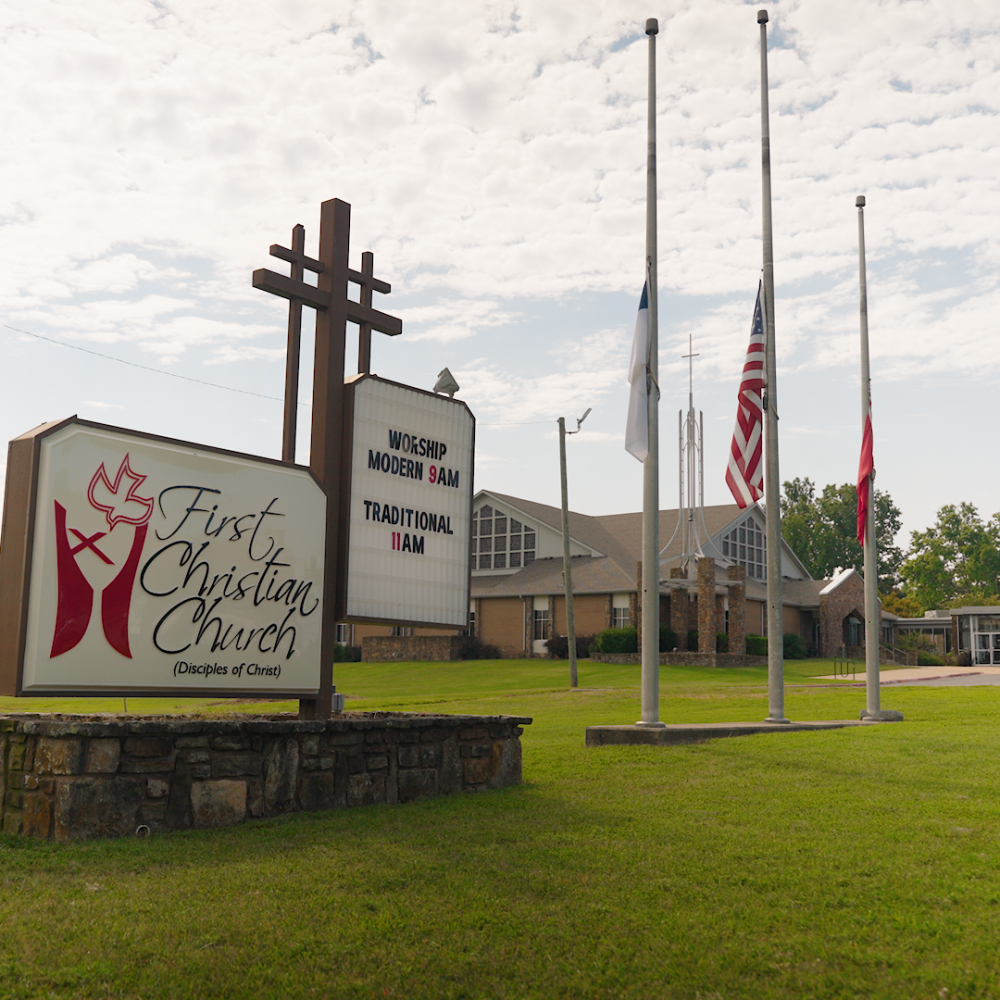In 2015, the Walton Family Foundation established the Design Excellence Program to elevate the quality of design in Northwest Arkansas.
It’s a program created to meet the moment in this thriving region, which covers 2,800 square miles, includes 31 municipalities and several distinct downtowns – and is growing fast.
The population of Northwest Arkansas has increased to nearly 550,000 people over the past 25 years. As the home of three Fortune 500 companies, a major university and a growing entrepreneurial ecosystem, the region’s population is expected to double again over the next quarter century.
That rapid growth brings with it many accompanying challenges, including the need to ensure new development complements the natural beauty and historic architecture of the region.
The Design Excellence Program seeks to preserve the region’s unique sense of place by encouraging high-quality design of public buildings and spaces.
Several years into this effort, we sought to understand the impact the Design Excellence Program has had in achieving its goals. We wanted to also reflect on what has been learned in the process to ensure the program’s future success.
The foundation partnered with urban design firm Gehl to explore these questions. Researchers began by creating an overarching framework for the program, to establish a shared language and common goals across the various projects. They then applied this framework to a sample of Design Excellence projects, conducting impact assessments of three completed projects and baseline assessments of three projects in progress. Read a summary of their observations and insights or download the full report.
For any project to succeed, it’s essential to collect data to track progress and show impact. But few know how to do that – or where to start.
So the research team also created a suite of tools designed to empower future program grantees and others interested in design excellence to assess their own projects moving forward.
These tools help lower the barriers for grantees to measure how they’re doing and also understand whether their project is making the intended impact, or if they need to make adjustments. The tools include:
- This is a comprehensive guide that introduces grantees to the Design Excellence framework, helps them understand why it’s needed, what it includes and how to apply it from a project’s start to finish.
- Grantees complete this worksheet during application and update it over time. They identify a preliminary set of goals, metrics and methods for their project to help them think through and compose their application within the Design Excellence framework.
- This collection lays out key metrics for common goals within each principle of the framework so grantees can measure progress. It helps them identify which key metrics to use based on their project’s goals, such as creating a design site that is easily accessible to the community.
- This provides useful tools for observation and data collection and includes guidance on how and when to use them. This can help grantees understand how to go about collecting the data for the key metrics they’ve chosen.
- Another worksheet for grantees, the Insights Tracker helps them record their data and observations to start evaluating the impact of their project. It also provides grantees with the data to assess and tell the story of the project’s impact.
Taken together, these tools are an indispensable roadmap for grantees to conceive and create a project that fulfills their own dreams of design excellence, while contributing to the public good with authentic, world-class public spaces that build stronger cultural and economic connections within our region’s communities.




